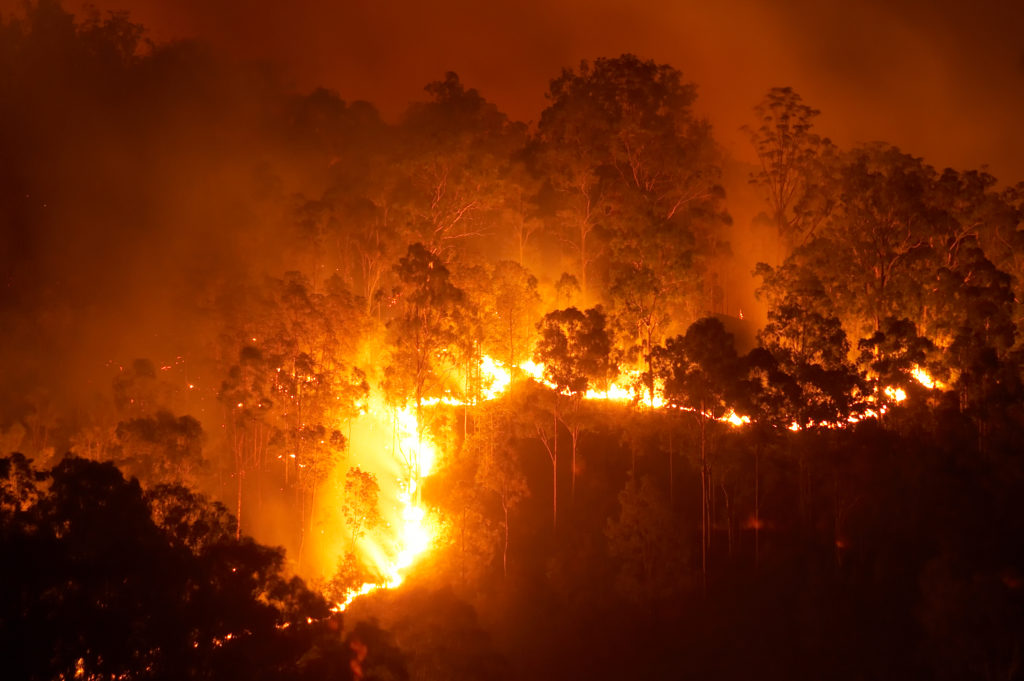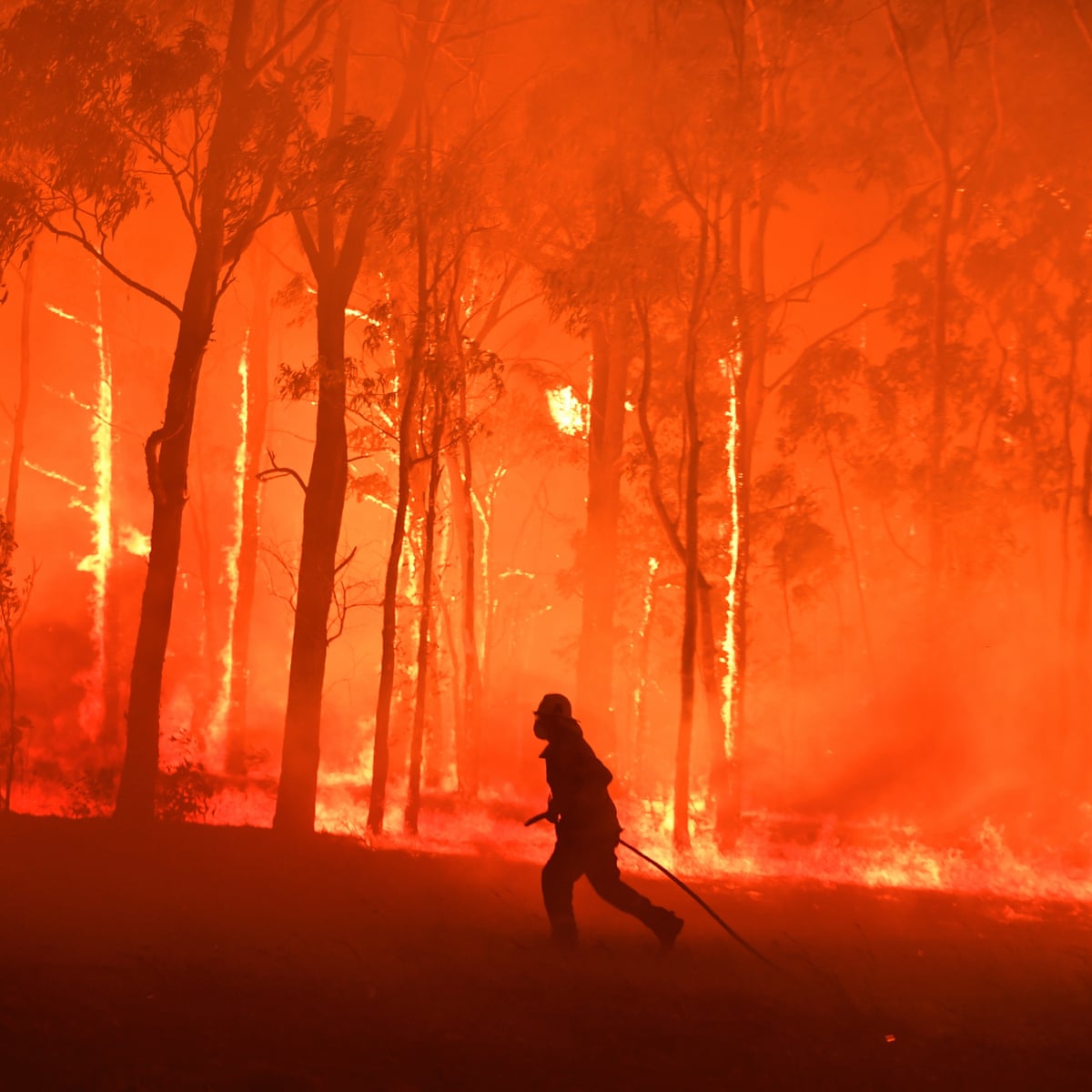BAL Report Basics: Necessary Details for Homeowner
Wiki Article
Just How BAL Record Impacts Bush Fire Defense Procedures
In the realm of bush fire protection, the Structure Attack Degree (BAL) report stands as an important device that dramatically influences the safety and security and resilience of properties in fire-prone areas - BAL Report. The impact of a BAL analysis expands far beyond mere documents; it works as the cornerstone for establishing the ideal building requirements and fire protection actions required to mitigate the risks presented by bushfires. As neighborhoods grapple with progressively severe fire seasons, comprehending just how the BAL record forms these safety steps comes to be paramount for builders, homeowners, and policymakers alikeRecognizing the Bushfire Assault Level

Importance of BAL Record Assessment

Moreover, the BAL record analysis works as a foundational step in following lawful commitments and demands associated with bushfire protection. Regional councils and authorities typically mandate the entry of a BAL record as component of the preparation and building approval process to make sure that residential properties are appropriately secured versus bushfire dangers. Stopping working to carry out a thorough BAL report evaluation can lead to inadequate protection measures, leaving buildings prone to ruining bushfire events.
Building And Construction Criteria Based on BAL
A detailed understanding of the Bushfire Assault Degree (BAL) allows homeowner to apply building and construction criteria tailored to their certain danger profile. Construction standards based on BAL are vital in minimizing the effect of bushfires on residential or commercial properties. The BAL rating classifies the possible threat a residential property deals with during a bushfire on a range from BAL-Low to BAL-FZ (Fire Area) Each BAL level matches to certain building needs laid out in the Australian Common AS3959-2018 Building of Buildings in Bushfire-Prone Locations. As an example, buildings categorized as BAL-Low may only require standard steps such as getting rid of debris and keeping gardens, while those in greater BAL classifications need even more robust measures like ember screens, fireproof materials, and secured home windows. Sticking to these building criteria not just enhances the structural resilience of the residential or commercial property yet also improves the general security of homeowners during a bushfire event. Consequently, home owners need to carefully consider their BAL rating and conform with the equivalent construction requirements to sufficiently guard their residents and homes.Executing Fire Protection Measures
With the foundation of building requirements based on Bushfire Strike Level (BAL) in area, the emphasis now shifts in the direction of the functional implementation of fire protection actions to fortify residential properties against bushfire dangers. Carrying out fire protection actions includes a combination of passive and energetic methods to improve the strength of buildings in bushfire-prone locations. Passive measures consist of using fireproof building materials, setting up ember guards on vents, securing gaps in walls and roofs, and preserving a clear room a knockout post around the residential or commercial property free from flammable vegetation. Active actions encompass having firefighting devices conveniently available, such as tubes and water pumps, as well as producing a defendable room around the property by removing plant life and having a well-kept yard. In addition, creating an evacuation plan and making certain all residents recognize emergency situation procedures are crucial components of efficient fire security actions. By integrating both passive and active methods, buildings can significantly decrease their susceptability to bushfire occurrences and raise the safety and security of occupants.Safeguarding Residences Against Bushfires
Successfully securing homes against the damaging effects of bushfires needs a positive and thorough technique to fire defense steps. In addition, securing vents and spaces to stop ash intrusion, as well as incorporating fireproof doors and home windows, can help strengthen the home's protection against bushfires. navigate here By embracing an aggressive stance and incorporating these protective measures, homeowners can substantially increase their chances of safeguarding their homes versus bushfires.Conclusion
Finally, the Bushfire Attack Degree (BAL) report plays an important role in figuring out the needed protection actions against bushfires. By assessing the BAL, building and construction requirements can be tailored to alleviate the dangers and ensure the safety and security of homes in fire-prone locations. Applying fire protection actions based on the BAL record is important in securing properties from prospective bushfire dangers. It is crucial for homeowners to prioritize BAL analyses and follow suggested building and construction requirements to boost bushfire strength.In analyzing bushfire risk to homes, comprehending the Bushfire Assault Degree (BAL) is a critical component for executing efficient security steps. Generally, a clear understanding of the Bushfire Strike Degree is crucial for implementing sufficient security procedures and alleviating the effect of bushfires on properties.

Report this wiki page